Producers
Because producers bring seafood into a supply chain, good practices by producers—and incentives to maintain those good practices—play a fundamental role in improving working conditions and upholding a socially responsible seafood industry.

What is a producer?
A producer is a company that harvests, captures, grows, or otherwise cultivates seafood (e.g., fishing at sea or via aquaculture). The seafood product may be ready for direct consumption or undergo further processing and resale before reaching the consumer.
Roadmap Guidance
At the production level—whether in wild caught or aquaculture—seafood workers may face risks such as forced labor, recruitment-related debt, or unsafe working conditions. Applying human rights due diligence is critical to ensure responsible recruitment, ethical onboard and farm practices, and long-term labor retention in settings that are often remote or informal.
Ensure that no worker pays recruitment fees, directly or indirectly. If you are working with labor brokers, verify their compliance with ethical recruitment standards. Conduct audits of labor recruiters, request documentation of fee structures, and require suppliers to use approved brokers only.
Include performance expectations and monitoring mechanisms covering wage deductions, loan schemes, and document retention in labor recruiter contracts. Include clauses that enable third-party inspections and set financial penalties for noncompliance.
Review and standardize employment contracts across your sites and your suppliers. Contracts should be clear, multilingual, and include terms on wages, working hours, rest days, and repatriation. Support suppliers in delivering verbal briefings or visual aids to explain terms to workers.
Ensure that working hours, rest time, safety equipment, and living environments on vessels or in facilities comply with national laws and international standards. Conduct regular inspections and require vessel operators to log hours and rest periods.
Train supervisors on nondiscrimination, anti-harassment, and grievance procedures. Partner with NGOs or training providers to conduct scenario-based workshops on board or on-site.
Install grievance channels that workers trust, such as drop boxes, digital tools, or access to independent support. Provide QR codes that link to anonymous reporting platforms and display posters about these in common areas. Require employers to adopt anti-retaliation policies with associated training for supervisors so workers feel safe to raise issues.
Promote freedom of association by engaging with trade unions, worker committees, and trusted organizations. Ensure that workers can organize safely and are involved in identifying and addressing labor risks.
Help facilitate elections for worker representatives and ensure that meeting time is scheduled during paid hours.
Collaborate with civil society organizations to provide rights education, facilitate dialogue with management, and co-host training sessions and open forums with trusted local groups.
Enable communication for fishers at sea, including access to Wi-Fi, to allow them to raise concerns and stay connected. Equip vessels with internet hot spots and create agreements on fair use, privacy, and access.
Respond quickly to issues raised by workers.
Engage with buyers to share what steps are being taken to address issues raised and where support is needed. Create joint remediation plans and invite buyers to co-fund pilot programs or training.
Join improvement initiatives and collaborate with NGOs, unions, or precompetitive platforms. Contribute to shared resources, pilot ethical recruitment systems, and share lessons through roundtables or joint reports.
Involve those impacted by the issues raised in solution design and/or remediation.
Track and share progress to demonstrate improvement and build trust. Use dashboards, case studies, or anonymized examples to show how issues were identified and addressed.
Demonstrate commitment and credibility by disclosing lessons learned and next steps even if all challenges are not yet resolved.

